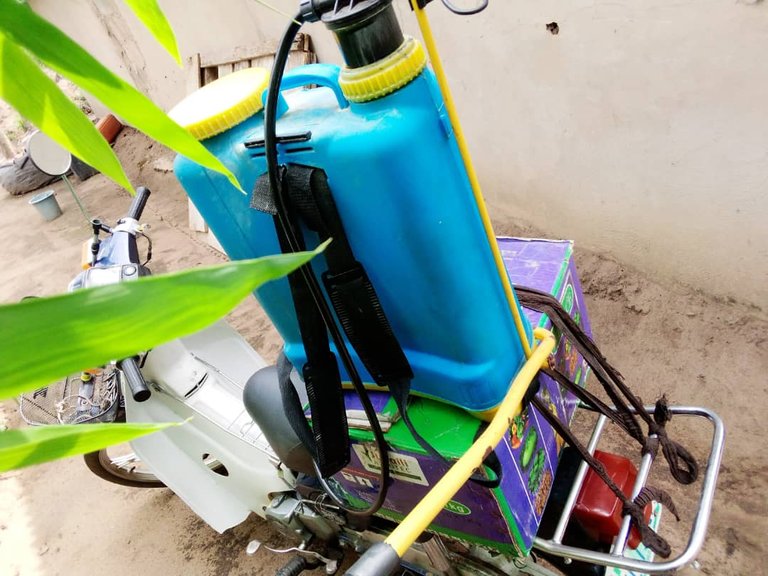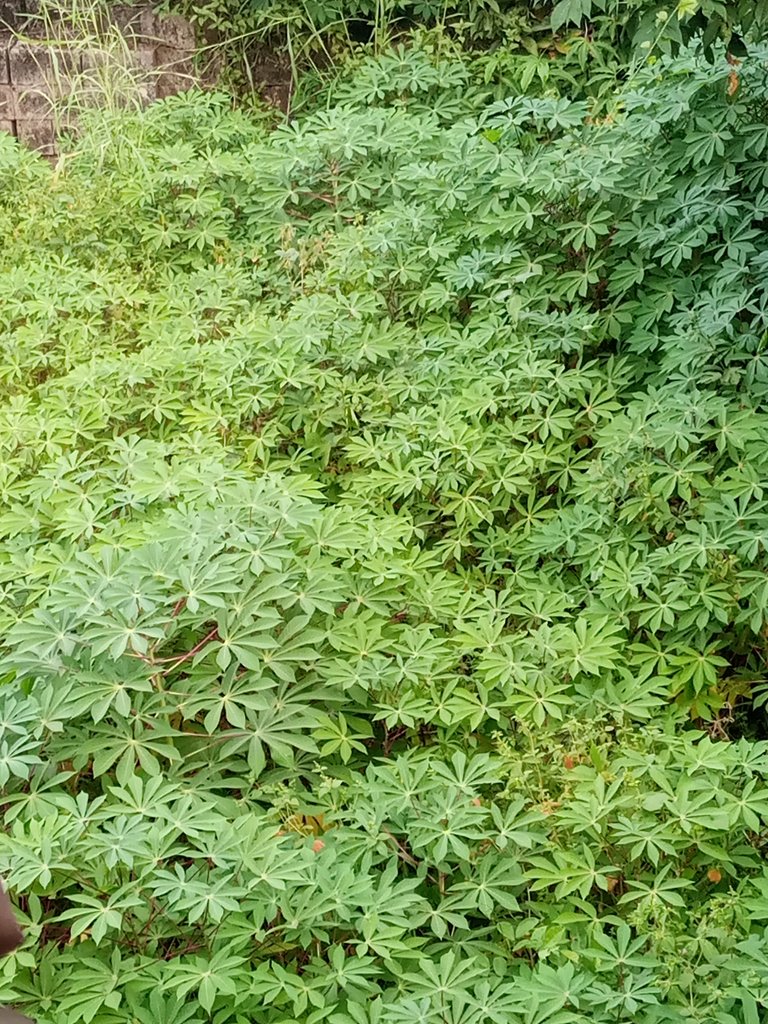Roots of Resilience: Mastering the Art of Cassava Farming
Good morning my great people of hive community, I hope you all are doing well. I am here this morning to share my knowledge on Cassava planting.

Cassava (Manihot esculenta) is a versatile and resilient crop that has become a staple in many tropical and subtropical regions. Known for its starchy tuberous roots, cassava provides a valuable source of carbohydrates and is a key component of the diet for millions of people worldwide. If you're considering planting cassava, here's a comprehensive guide to help you cultivate this hardy crop successfully.
**1. Selecting the Right Variety:
- Choose a cassava variety that suits your local climate and soil conditions. Different varieties have specific adaptability, disease resistance, and yield characteristics.
**2. Preparing the Soil:
- Cassava thrives in well-drained, sandy-loam soil with a pH range of 5.5 to 6.5. Ensure good soil fertility by incorporating organic matter such as compost or well-rotted manure.
**3. Propagation:
- Cassava is primarily propagated through stem cuttings. Select healthy stems, around 20-30 cm in length, and plant them horizontally in furrows or ridges. Space the cuttings about 1 meter apart.

**4. Planting:
- Plant cassava during the rainy season to promote initial growth. Insert the cuttings into the soil at a slight angle with the buds facing upward. Ensure that at least two or three nodes are buried.
**5. Watering:
- Cassava requires regular watering, especially during the initial stages of growth. However, it is crucial to avoid waterlogged conditions, as cassava is sensitive to excessive moisture.
**6. Weeding and Mulching:
- Keep the cassava plantation weed-free to reduce competition for nutrients. Mulching with organic materials helps retain soil moisture and suppress weed growth.
**7. Fertilization:
- Apply a balanced fertilizer with adequate amounts of nitrogen, phosphorus, and potassium. However, cassava is relatively low-maintenance compared to other crops and can tolerate less fertile soils.

**8. Pest and Disease Management:
- Monitor for pests like mealybugs and diseases such as cassava mosaic virus. Early detection and appropriate measures, such as the use of resistant varieties or pesticides, can help prevent significant damage.
**9. Harvesting:
- Cassava is typically ready for harvest 8 to 24 months after planting, depending on the variety and growing conditions. Harvest when the roots reach a desirable size, and the leaves start to yellow.
**10. Post-Harvest Handling:
- After harvesting, carefully dig up the roots to avoid damage. Trim the stems and wash the tubers to remove soil. Proper storage is essential to prevent spoilage, and cassava can be stored for several weeks under the right conditions.
Conclusion:
Cassava planting can be a rewarding endeavor when approached with proper care and attention to detail. From selecting the right variety to post-harvest handling, each step plays a crucial role in ensuring a bountiful harvest of this resilient and valuable crop. Whether you're a small-scale farmer or a backyard gardener, cultivating cassava can contribute to food security and provide a sustainable source of nutrition.
**Thank you for stopping by to read my article, I hope you enjoyed it.
Amazing! First time reading tips in cassava planting
`
Want to Know more about Hivepakistan?
Ping Us On Hive Pakistan Discord server
To support HivePakistan, delegate Hive Power to hivepakistan and earn 90% curation reward :)
Here are some handy links for delegation
A delegation of 500 or more HP makes you earn Hivepakistan supporter badge.
`
Wow.....Thanks so much, I truly appreciate.